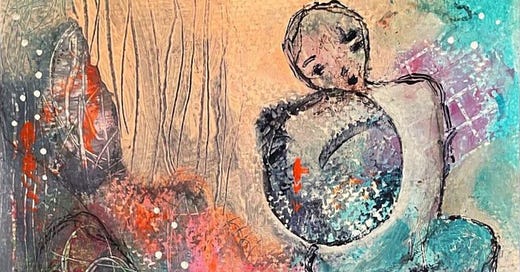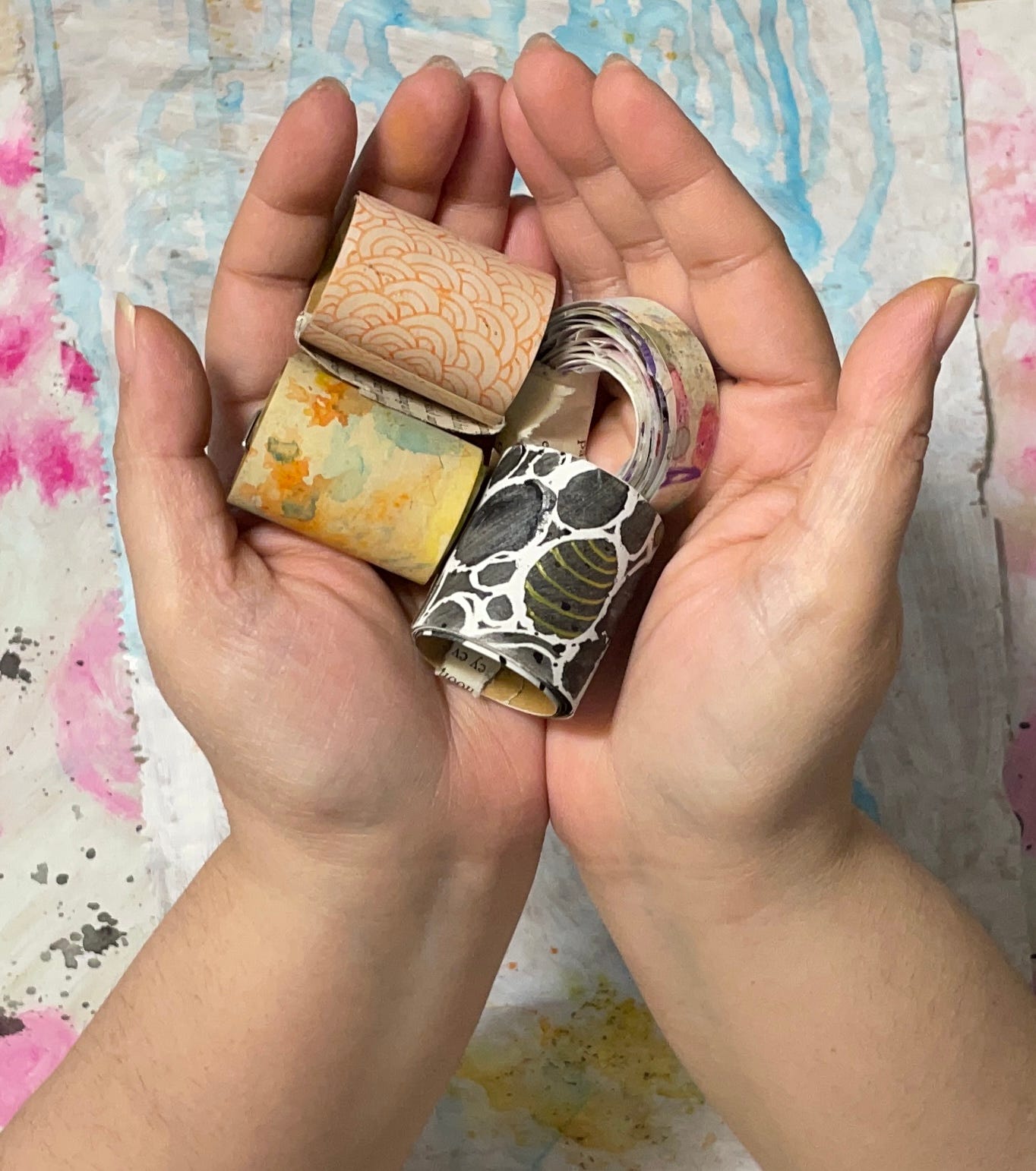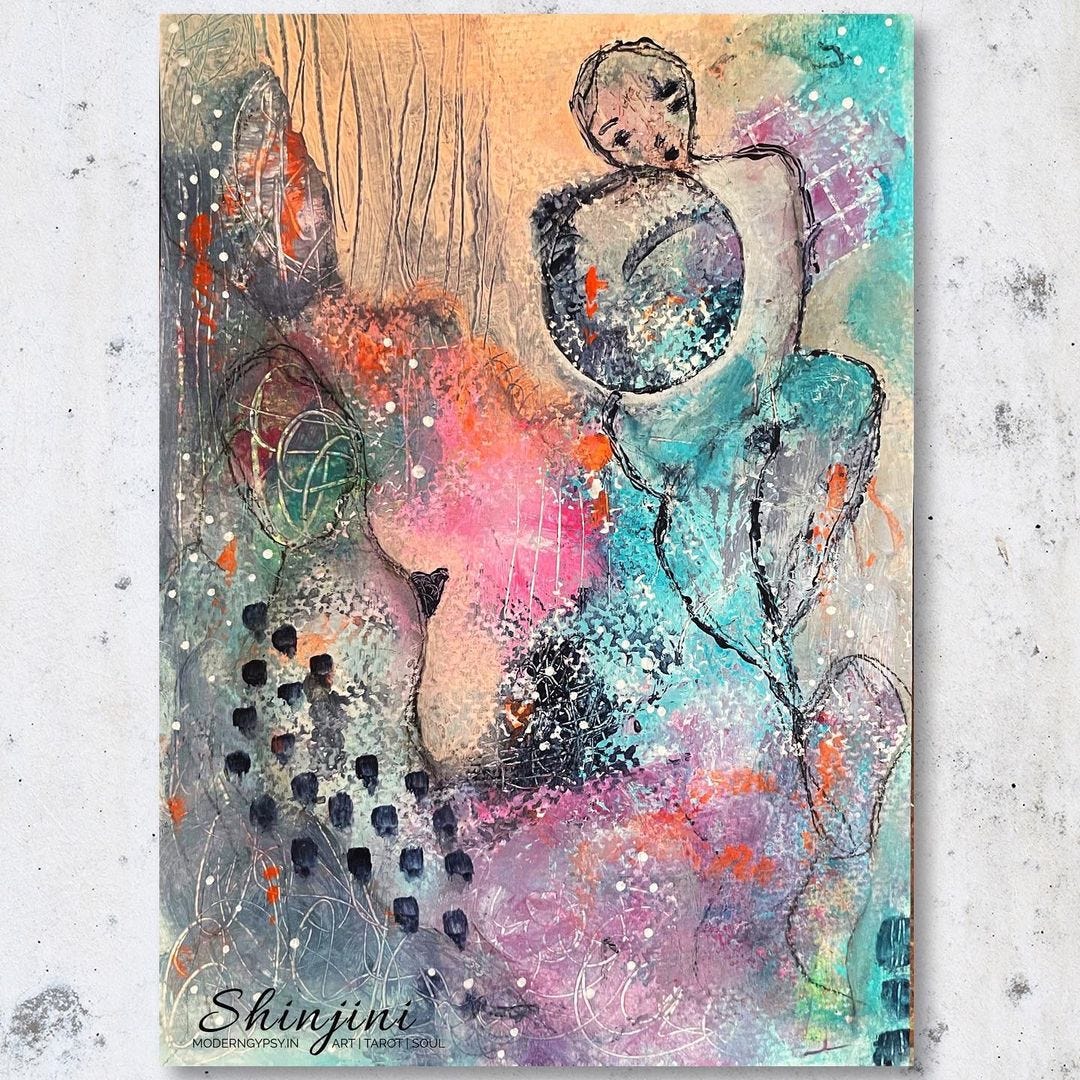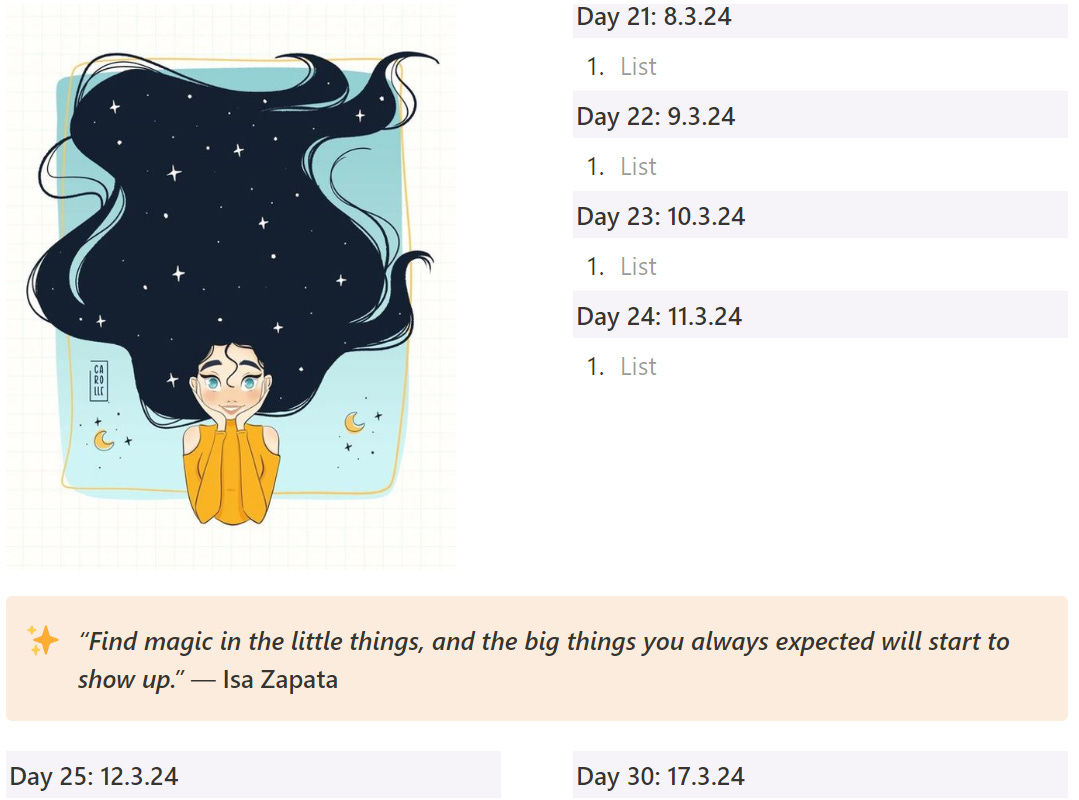100 days to deepen your creative practice
An introduction to the 100 day project, some tips on setting yourself up for success, ideas for creative 100 day projects, plus my 100 day project for 2024!
I've always had a fascination with the ways that creative people balance inspiration and discipline in their working lives. It's easy to be energized when you're in the grip of a big idea. But what do you do when you don't have anything to work with? Just stay in bed? Writers have this figured out: it's amazing how many of them have a rigid routine. John Cheever, for instance, used to wake up every morning in his New York City apartment, put on a jacket and tie, kiss his wife goodbye, and take the elevator down to his apartment building's basement, when he would sit at a small desk and write until quitting time, at which point he'd go back up.
The only way to experience this kind of discipline is to subject yourself to it. Every student who has taken this project had a moment where the work turned into a mind-numbing grind. And trust me: it won't be the first time this happens. The trick is to press on. For each new day (whether it's Day 28, Day 61, even Day 100) brings with it the hope of inspiration.
— MICHAEL BEIRUT, FOUNDER, DESIGN OBSERVER; TEACHER, YALE SCHOOL OF ART AND YALE SCHOOL OF MANAGEMENT
Hello loves,
If you’ve spent any amount of time following artists on Instagram, you must have heard of the 100 Day Project. If you haven’t heard about this project, it actually started in the classroom, as an assignment that Michael Bierut set for design students at the Yale School of Art, back in 2005. Nine years later, designer, painter, and writer Elle Luna brought the project to Instagram, where it blew up into a global art movement, inspiring thousands of artists and creatives from around the world to take on their own 100 day projects.
This year, the 100 Day Project starts in about a week — on 18 February. That gives you some time to plan out your project, if you’d like to follow along with the “official” dates for the 100 Day Project, or keep up with the community that gathers around it on Instagram. Though with the way the platform has changed in recent years, that community aspect has waned. And you can, of course, do a 100 Day Project whenever you feel like it!
My 100 day project for 2024 is The Three Things Project. More on that later.
So, what is the 100 Day Project?
Well, Bierut’s original, basic assignment to his students goes something like this:
Beginning Thursday, October 21, 2010, do a design operation that you are capable of repeating every day. Do it every day between today and up to and including Friday, January 28, 2011, the last day of the project, by which time you will have done the operation one hundred times. That afternoon, each student will have up to 15 minutes to present his or her one-hundred part project to the class.
The only restrictions on the operation you choose is that it must be repeated in some form every day, and that every iteration must be documented for eventual presentation. The medium is open, as is the final form of the presentation on the 100th day.
VIA DESIGN OBSERVER
That serves as a great starting point for us to think of our own 100 day projects.
Receive notes on creative living, pages from my art journal, and short process videos in your inbox every Friday.
Some ideas to help you succeed at and enjoy the 100 Day Project.
Your 100 Day Project should be repeatable: Whether your project involves 100 finished pieces {which is what many artists do} or is process-oriented, it should be something that you will be willing to repeat for 100 days.
If you decide on a repeatable project that focuses on producing a finished piece of art every day, it should be of a subject or style or medium that interests you enough to keep you going for one hundred days, even when the inspiration seemingly dries up or when it feels mind-numbing to do yet another painting following the same constraints.
For my 100 Day Project in 2022, I focused on finishing 100 abstract paintings. It took me more than 100 days to finish, but I was determined to end the year with 100 abstracts, which you can see here, on Instagram.
In 2023, I decided to do 100 days of DIY washi tape. And though this was a super fun project, I didn’t feel like going for 100 days. I think I quit at around the 50 day mark. By then, I had a big bowl full of washi tapes, stickers, labels, notelets, and more. For me, that was enough!You can also do a process-oriented project. As an example, my 100 Day Project in 2019 was 100 days of painting intuitively. My objective was to work on the technique for 100 days, I was less concerned with having 100 finished intuitive paintings.
Approaching the 100 Day Project from this perspective is an excellent way to deepen and improve a particular style or technique.
Keep it small and doable: The key to completing a 100 Day Project without burning out or feeling like you’ve taken on too much is to make it something that is small and quick — a project that ideally won’t take you more than 30 minutes a day. That’s an amount of time that most of us can carve out for our creative projects.
For my 100 days of abstract paintings, I kept the size of my paintings small — 8.5x6 inches — and for my process-oriented intuitive painting challenge, I decided that I would paint for a minimum of 15 minutes a day. Many days, I far exceeded that time limit. Some days, that was all I could manage. But having that short amount of time that I had to commit to made the project feel interesting and engaging, and that’s really the key to succeeding at this project!Keep a record of your project: You don’t have to photograph all your work, but you should document any interesting processes you try out, color mixing recipes, or other process notes. If you find a “process recipe” that you enjoy, make a note of that so that you can explore it further or repeat that set of steps again. We tend to think that we will remember our process, but as we try new things and explore new mediums, old processes we enjoy fall to the wayside and it’s easy to forget the steps you took to finish a painting you love.
Prep + set yourself up for success: Once you have your idea planned out for your project, do a bit of prep work. Decide on your materials – for example, you may decide to buy a sketchbook for your project, or perhaps you may need to cut some paper down to size, or prepare any other materials like fabrics or laces that you want to use for your project.
For my 100 days of painting intuitively, for example, I decided to use a large A3 size journal. It allowed me to paint big and to save space – an important consideration, especially if you have a tiny studio or art table like I do!
Also consider setting up your space. Prop up your easel or tape down your paper, have your paints in easy reach, your brushes clean and ready, your pencils sharpened. When you have everything ready to go, you waste less time looking around for materials or setting up your space, and can begin creating as soon as you enter the studio.
Paint in multiples: You don’t really have to stop at one painting a day! If you miss a couple of days, but then have a block of extra time on a weekend, for example, you can work on multiple pieces at the same time. This tip is much more relevant if you’re doing 100 pieces of art, of course.
Working in this manner may just help you to successfully finish your 100 Day Project in…well…100 days…if that is something that is important to you!
For more tips on planning and succeeding at your 100 Day Project, have a listen to this podcast episode that I recorded back in 2021.
The 100 Day Project is not just for visual artists!
You don’t have to be a visual artist to benefit from the 100 Day Project. This project lends itself beautifully to any creative practice — or any practice that you want to weave into your days.
You can try:
100 days of making music
100 days of tiny stories
100 haikus
100 days of found word poems
100 days of working on a book project
100 quilt blocks
100 days of daily tarot pulls
100 days of photographing {insert your subject here}
My 100 Day Project for 2024
This year, instead of an art project, I’m focusing on developing a practice — noticing the little moments of my life. My aim is small and simple: 100 days of documenting 3 things. I’m calling it The Three Things Project. I’ve set up a pretty Notion database, which was half the fun of this project for me, for my daily documentation.
I’ve got a few quotes to inspire me, images gathered from Pinterest that bring me joy, and placeholders so I can just go in and type up my list. As I go along, I may create some prompts and ideas to help me deepen my noticing.
I may add some of these lists into my daily creative journal, or use some of the imagery in an art journal page, but those are little extras. Just documenting 3 things for 100 days in my Notion database will be enough, and hopefully, it will become a practice that I will keep for much longer than just 100 days.
I decided on this project because I want to notice my days. I tell myself I have a boring life, that nothing interesting ever happens. Working from home can bring a certain sameness to my days. But by challenging myself to pause and notice, not just my environment and surroundings but also my feelings, thoughts, and emotions, I believe I can begin to see the ever changing and evolving rhythms that make up my days.
Are you doing The 100 Day Project this year? Tell me all about it in the comments or simply reply to this e-mail!
Like this post? Share it with your friends and invite them into our virtual studio. There’s space for all of us here! If you’re on the Substack app, consider restacking this post to Notes.








The significance of the 100 Day Project in fostering creativity and discipline cannot be under stated. Thank you for this wonderful reminder.
I want to try this. I am keen on setting up a daily writing practice and this can be a great runway into that. Thanks!